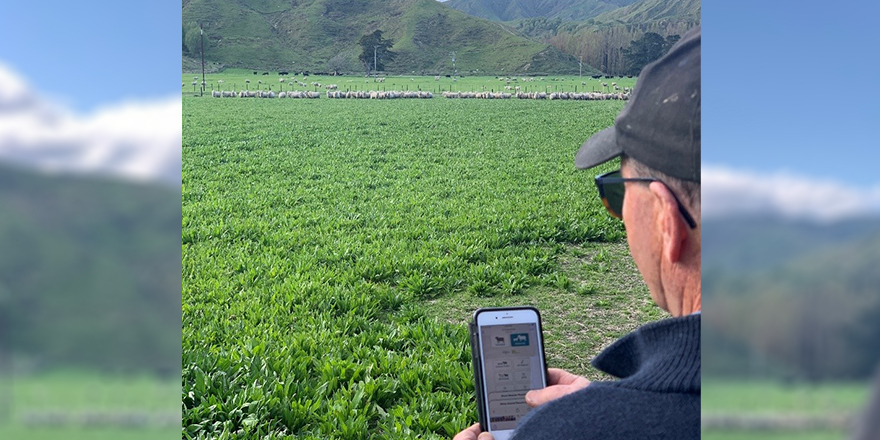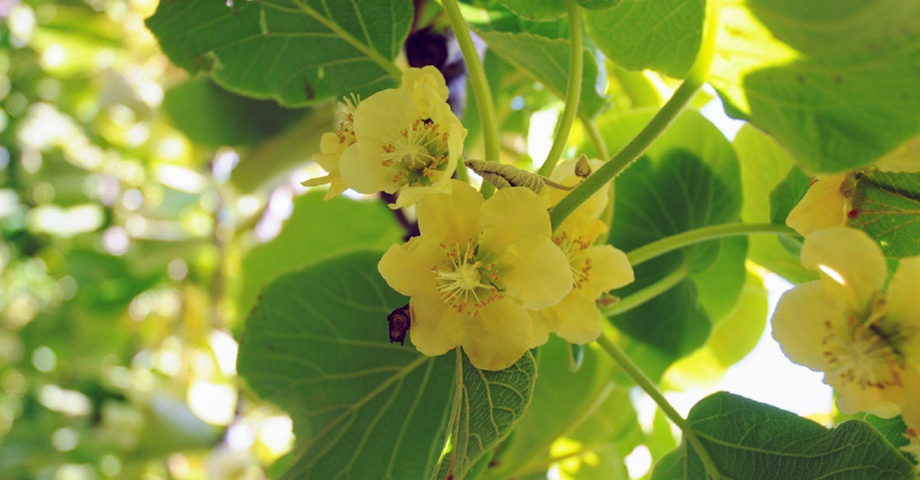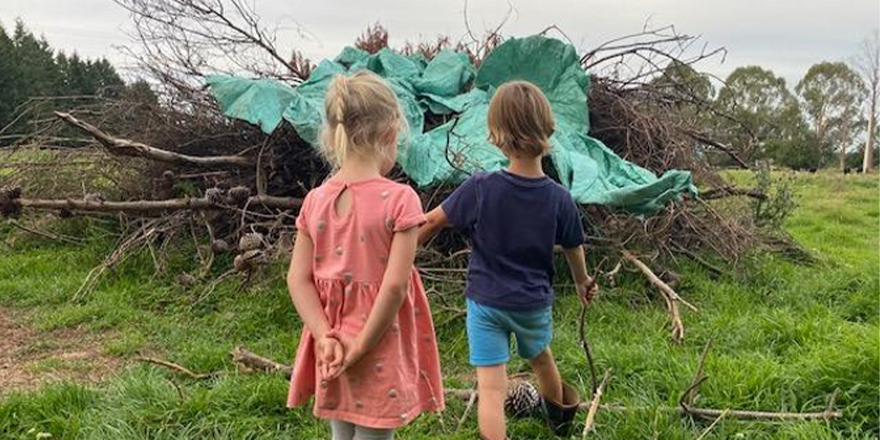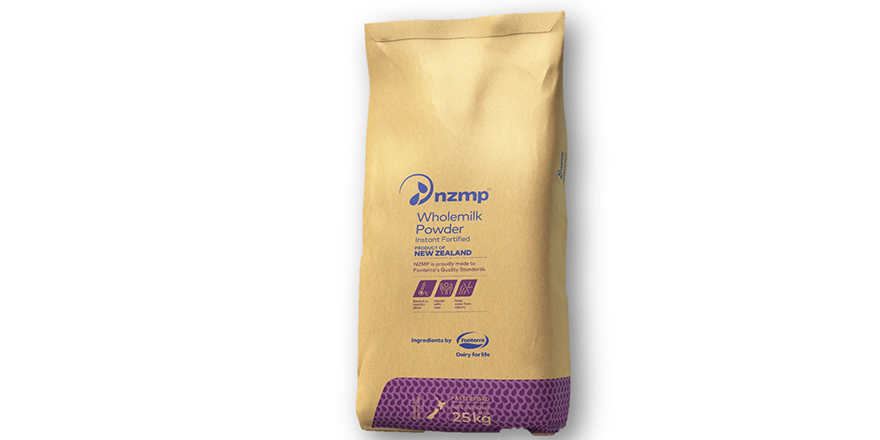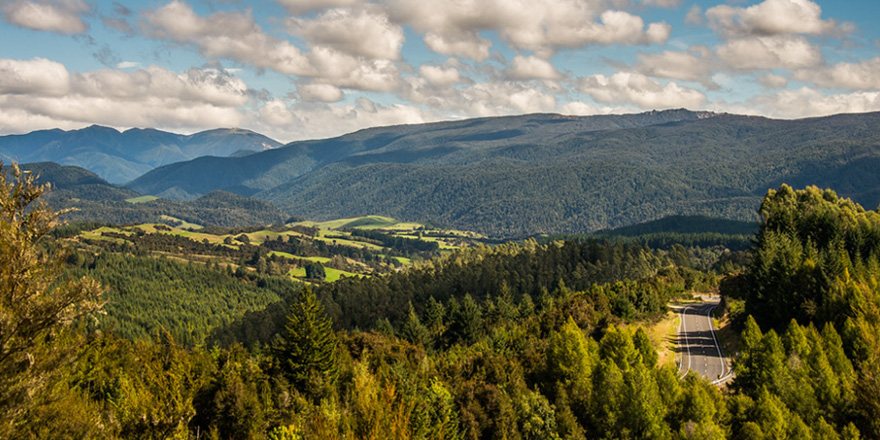
Executive summary
The North Island’s marginal country is undergoing a change in land use at a pace it hasn’t seen since the wool boom of the 1950s. This is being driven in large part by afforestation with exotic trees, primarily Pinus radiata being planted for traditional timber harvest as well as for carbon farming purposes.
This report seeks to understand the reasoning behind, and effects of, this change from an economic, environmental, and cultural perspective, and to look out 30 years to establish longer term viability of traditional farming, rotational and permanent forestry and Manuka plantation for the purpose of honey production and carbon sequestration.
Key Findings
- Afforestation of marginal land provides significant economic advantage over traditional grazing in all its forms. The benefit varies from 346% (Manuka) to 974% (Permanent forestry) of the average profit from hard hill country over the last decade. This disparity is likely to increase in the next 30 years as carbon prices rise.
- Afforestation is not going to slow down in the medium term with projections suggesting another 1.5million hectares of planting will be required to achieve New Zealand’s carbon targets.
- Currently the cost of establishing native forests is prohibitive and the carbon benefits are not competitive with exotic forests, primarily radiata. As such radiata will continue to be the tree of choice until substantial subsidies are provided or changes are made to the legislation.
- All afforestation options are superior in their environmental impact if managed properly. Manuka plantation is the most environmentally friendly option followed by permanent forestry, although this does have long-term risks if radiata is used.
- Both permanent forestry and Manuka plantation have negative effects on labour FTE’s in rural communities compared to grazing on marginal land. Rotational forestry is significantly higher in both FTE and value chain than grazing but the location of these benefits is unknown, they may not be truly beneficial to the local community. This problem will only increase over the next 30 years as more marginal land is converted into permanent forest.
- Maoridom are generally pro exotic forestry establishment while being aware of the environmental risk and native forestry being the best option for them. This is due to historical marginalisation leaving Māori with significant areas of landholding where afforestation is the only profitable option.
Recommendations
- Central and local government need to support the establishment of native forests with the benefits that they entail. Significant subsidies need to be put in place to incentivise this form of afforestation.
- Government support of permanent exotic forestry via subsidies and entry into the ETS needs to be limited to class 6 & 7 land only, and proper site analysis undertaken to ensure soil types and contour are suitable for this purpose to slow the change of productive land from pasture into permanent forests.
- MPI should increase the threshold for land that is registerable under the MPI lookup table to a minimum of 200ha to streamline the process of registering land for entry into the Emissions Trading Scheme and the allocating of subsequent units, and minimise the cost for landowners looking to establish forestry on class 6 & 7 land.
- Landowners on marginal land need to isolate and establish accurate profitability information regarding their class 6 & 7 land and confirm a baseline, then environmental and cultural considerations need to be carried out by the landowner. This will help in establishing the best option for them.
- Investigation into potential afforestation options needs to occur on a case-by-case basis via communication with commercial rotational, permanent and Manuka forestry providers. Afforestation of marginal country is in most cases the most sensible outcome in any of its current forms. Landowners need to establish what options are available in their circumstance and establish a cost/benefit model for each of these.
Download and read the full report here:

